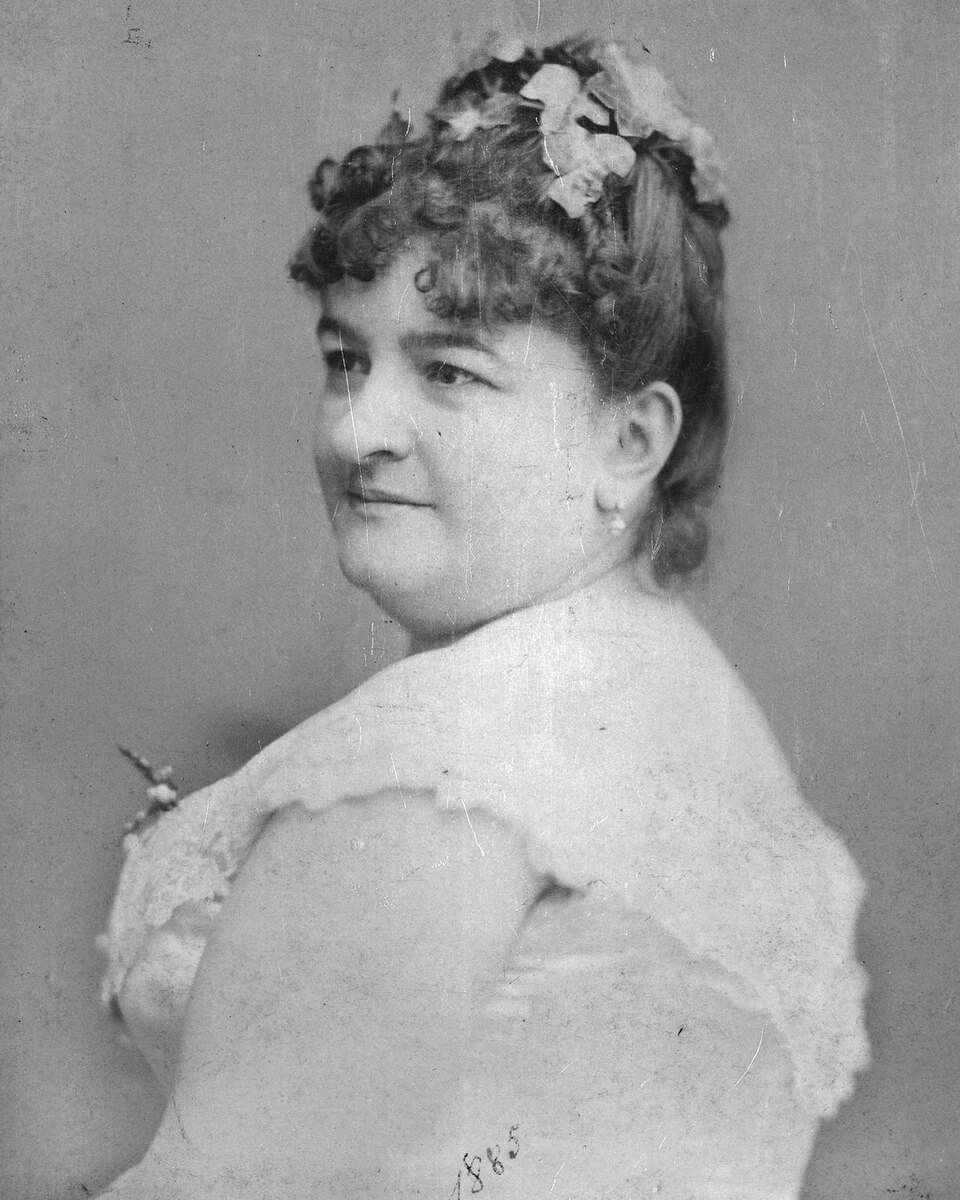Emilia Pardo Bazán
Emilia Pardo Bazán (1851?-1921)
Also known as Emilia Pardo Bazán y de la Rúa-Figueroa, condesa de Pardo Bazán.

Miscellaneous Works by Emilia Pardo Bazán
- Curado, 1903
Gallery
- Pazo de Meirás Sada, A Coruña, Spain
Annotated Bibliography
Tolliver, Joyce. "'My Distinguished Friend and Colleague Tula': Emilia Pardo Bazán and Literary-Feminist Polemics." Recovering Spain's Feminist Tradition, New York, Modern Language Association, 2001, p. 217-37.
While Emilia Pardo Bazán is often characterized as being incongruent with her Spanish women writer peers, Joyce Tolliver, argues that there are many concrete examples from Pardo Bazán’s life that would indicate the contrary. Pardo Bazán was typically perceived this way due to the fact that she very publicly desired to be considered simply as a writer, rather than a “woman writer”; however, this imagined aversion to the feminine narrative does not align with her publications and speeches that not only explore the “woman question”, but express her While Emilia Pardo Bazán is often characterized as incongruent with her peers among Spanish women writer, Joyce Tolliver, argues that many concrete examples from Pardo Bazán’s life indicate the contrary. Pardo Bazán was typically perceived this way due to her publicly expressed desire to be considered simply as a writer, rather than a “woman writer”; however, this imagined aversion to the feminine narrative does not align with her publications and speeches that not only explore the “woman question,” but express her veneration for authors, such as María de Zayas and George Sand. By examining the use of descriptive language, rhetorical devices, and frames of gender expectation in Pardo Bazán’s responses to literary and academic criticism, Tolliver proves that 1) Pardo Bazán was not an enemy of her contemporaries, but a champion of them and their work and 2) Pardo Bazán’s valid frustration with the way she was criticized (that often mirrored attacks on the individual rather than the work itself) was often twisted to make her seem more self righteous and pompous than her male counterparts, who responded to criticism similarly. (Annotation by Marissa Luquette)
Posted
1 March 2022
Last Updated
22 February 2024
